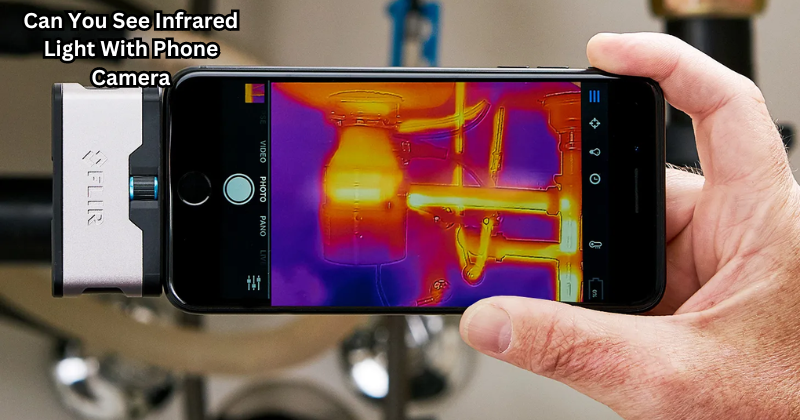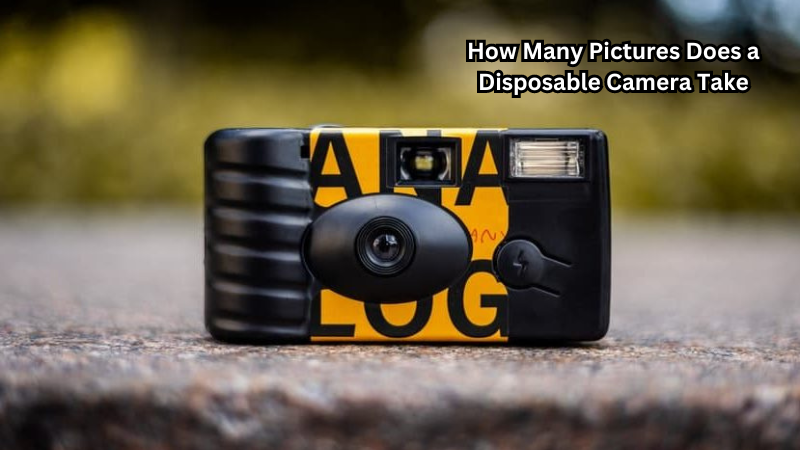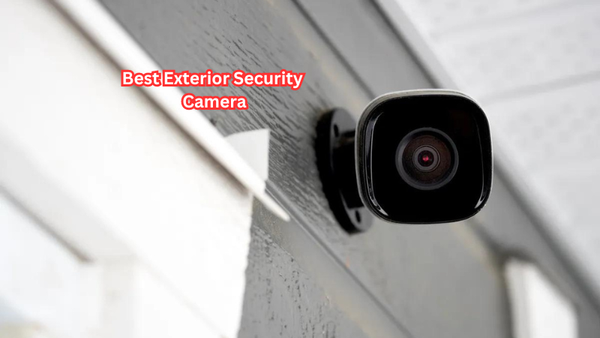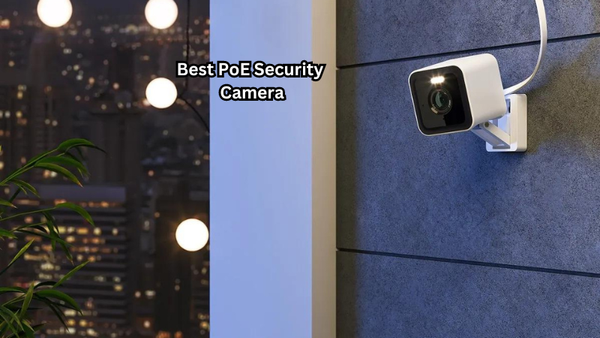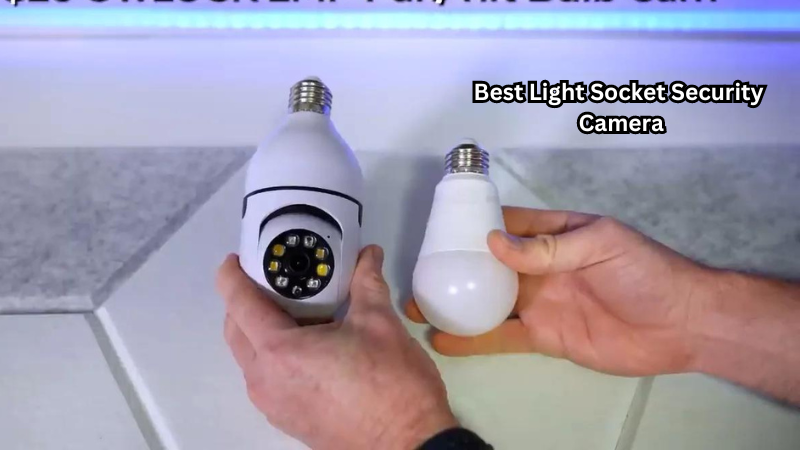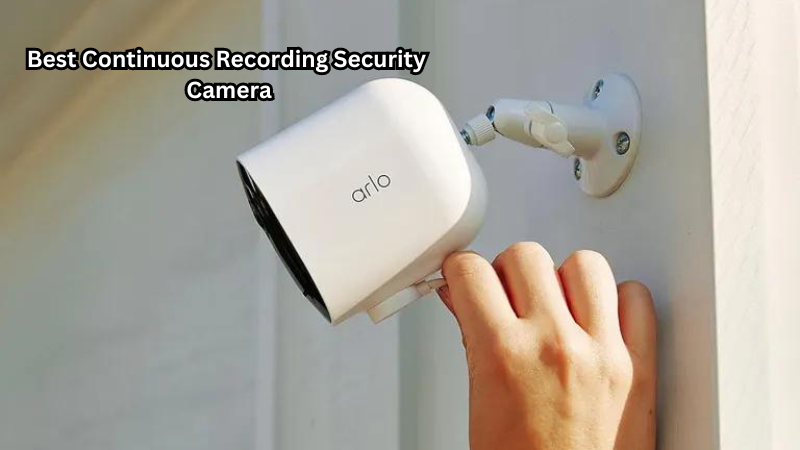In the realm of modern technology, the capabilities of our smartphones often transcend conventional boundaries. The question arises: Can you harness your phone's camera to perceive the unseen world of infrared light?
This inquiry delves into the fascinating intersection of mobile photography and scientific exploration. While the naked human eye falls short in detecting infrared radiation, advancements in smartphone camera sensors have sparked curiosity about their potential to unveil this invisible spectrum.
Join us to uncover whether your cell phone camera is key to revealing the otherwise imperceptible realm of infrared light, bridging the gap between perception and innovation.
Understanding Infrared Light
Before discussing phone camera capabilities, it is essential to understand infrared light and its significance. Infrared (IR) radiation is a type of electromagnetic radiation with a longer wavelength than visible light, making it invisible to the human eye. This spectrum falls between 700 nanometers (nm) and 1 millimeter (mm), beyond the red end of the visible light spectrum at approximately 400-700 nm.
Despite being invisible to us, IR radiation plays a crucial role in our daily lives. It makes up about half of the sun's energy reaching Earth and is the primary source of warmth from sunlight. Additionally, many objects emit IR radiation, including humans and animals, making it useful in thermal imaging for medical and scientific purposes.
Evolution of Phone Cameras
The first mobile phone cameras introduced in the early 2000s were simple VGA (640x480 pixels) or 1-megapixel cameras with limited functionality. As smartphone technology advanced, the camera's capabilities improved significantly, allowing for higher-resolution images and videos.
With advancements in sensor technology, manufacturers began experimenting with different types of sensors to enhance image quality and capture more light.
This evolution led to the introduction of CMOS (complementary metal-oxide-semiconductor) sensors, which use a photodetector to convert light into electric signals. Digital cameras and smartphone cameras widely use CMOS sensors.
Digital camera manufacturers then began incorporating IR filters into their sensors, which block IR light and prevent it from reaching the sensor.
Phone Cameras and Infrared Light
The conventional RGB (red, green, blue) sensors used in smartphone cameras are sensitive to visible light but do not detect IR radiation. However, it is possible to modify a phone camera's sensor by removing its built-in infrared filter, allowing it to detect IR wavelengths beyond 700 nm.
This modification results in images with reddish hues since the camera now captures both visible and infrared light.
Although some smartphones claim to have "night vision" or "thermal imaging" capabilities, they only use near-infrared (NIR) light, which has wavelengths closer to the visible light spectrum.
Rear camera sensors are bulkier and more expensive; thus, NIR sensors are usually only present in front-facing cameras for facial recognition. Front-facing camera sensors are also smaller, limiting the amount of IR light they can capture.
Common Sources of Infrared Light in Daily Life
One of the primary sources of IR radiation in our daily lives is heat. All objects with a temperature above absolute zero emit infrared radiation as a byproduct of their molecular activity, known as thermal radiation.
The higher an object's temperature, the more intense and shorter the wavelengths of IR it emits.
Another common IR light source in our surroundings is remote controls for electronic devices like TVs and air conditioners. These remotes use infrared technology to transmit signals to devices via infrared LED lights, invisible to the human eye but detectable by phone cameras.
Can You See Infrared Light With Phone Camera?
The short answer is no; you cannot see infrared light with a regular phone camera. However, if your phone has an IR sensor and the necessary software, it can detect and translate IR radiation into visible images.
If your phone does not have an IR sensor, you can purchase an external attachment that filters out visible light and only allows IR radiation to pass through. This method is commonly used in forensic investigations to detect hidden evidence and by nature enthusiasts for wildlife spotting at night.
Step-by-Step Guide to Testing Your Phone's Infrared Capabilities
If you are curious about your phone's infrared capabilities, here is a step-by-step guide to testing it:
- First, check if your phone has an IR sensor or if it is compatible with a third-party attachment that allows for IR detection.
- Next, find a TV remote control and turn on the camera app on your phone. Point the remote at the camera and press any button while looking through the camera lens. If you can see a light flashing, then your phone can detect infrared radiation.
- For phones without an IR sensor or external attachment, you can download apps that use augmented reality (AR) technology to simulate infrared light on your camera. These apps use the phone's gyroscope and accelerometer to detect movement and create an AR experience, allowing you to "see" infrared radiation in real time.
The sensors in phones and digital cameras can essentially make the invisible visible. With technological advancements, we can expect to see more applications of IR light detection with phone cameras in the future.
What Precautions Should you Take When Using Your Phone Camera to Detect Infrared Light?
Even if your phone has an IR sensor, it is essential to take precautions when using it to detect infrared light.
- Do not point your phone camera directly at the sun or other high-intensity sources of infrared radiation, as this can damage your phone's sensor.
- Only use external attachments and apps from trusted sources to avoid compromising your device's and personal information's security.
- Be aware that IR sensors have a limited range and may not be able to detect infrared radiation from far distances effectively.
- If you plan on using your phone for scientific purposes, consult with experts in the field to ensure accurate measurements and proper use of the equipment.
Limitations and Considerations
While it is possible to see infrared light with a phone camera, there are limitations and considerations to consider. The primary constraint is the camera sensor's sensitivity, as most smartphone cameras prioritize visible light over IR detection. Therefore, even if your phone has an IR sensor, it may not be able to capture clear images of infrared light.
Additionally, phone camera lenses are not designed for capturing IR radiation and may produce distorted or blurry images. Furthermore, if your phone does not have an IR filter, it can be damaged by prolonged exposure to intense infrared radiation emitted from sources like the sun.
FAQs
Is infrared light always present in white light?
White light contains a combination of visible colors but does not inherently include infrared wavelengths, which lie beyond the visible spectrum.
How can I see infrared light on my phone camera screen?
You can see infrared light on your phone's camera screen if it has an IR sensor or through external attachments or apps that simulate IR light using AR technology. However, keep in mind that these methods have limitations and may not produce clear images of IR radiation.
Why can't we see infrared light with our naked eyes?
Human eyes can only detect a small portion of the electromagnetic spectrum, known as visible light. Infrared radiation has longer wavelengths than visible light, making it invisible to our eyes. Additionally, the human eye is not sensitive to IR radiation due to its low energy levels.
Can the front camera on my phone detect infrared light?
Most front cameras on phones do not have IR sensors and, therefore, cannot detect infrared light. However, some newer models are starting to incorporate this technology for facial recognition purposes.
Conclusion
In conclusion, the realm of infrared light detection through phone cameras unveils a captivating blend of technological innovation and scientific curiosity.
While our naked eyes remain oblivious to this invisible spectrum, the evolving capabilities of smartphone sensors open new avenues for exploration. Whether experimenting with infrared camera apps or specialized attachments, the potential to perceive this hidden world through our devices adds a layer of intrigue to modern photography.
As we navigate the boundaries between perception and technology, the quest to unlock the secrets of infrared light with a simple phone camera serves as a testament to the boundless possibilities that lie within our grasp.
